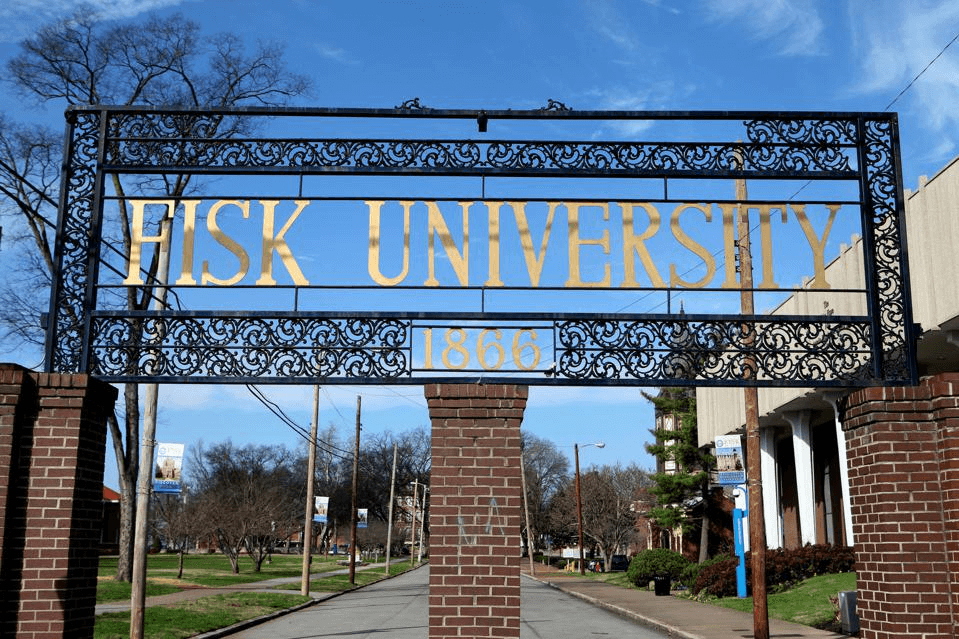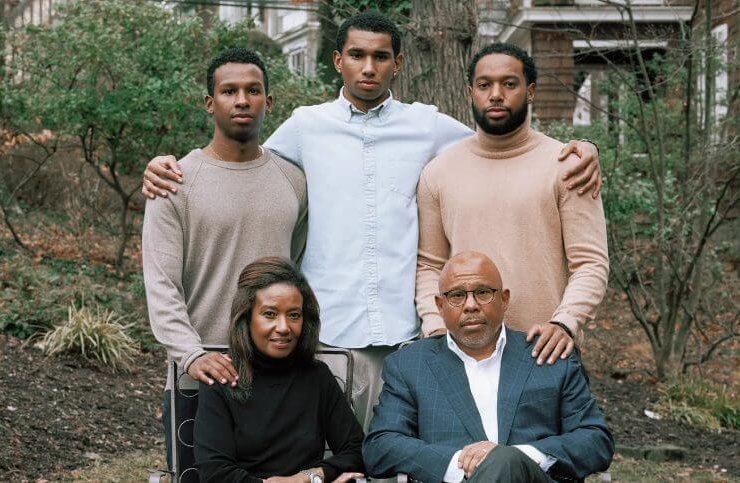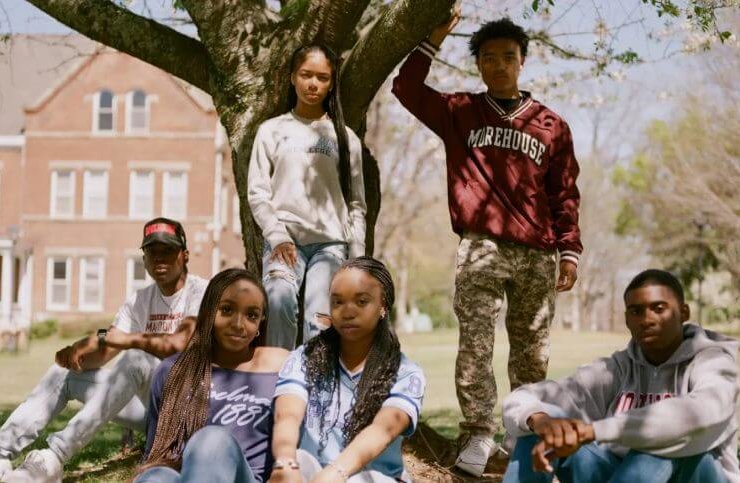Historically Black Fisk University Is on The Rise Once Again
Fisk University is one of several Historically Black Colleges and Universities (HBCUs) making gains in enrollment. The Covid-19 pandemic led to enrollment decreases and financial difficulties for HBCUs. These gains in enrollment are due to an appreciation of the contributions HBCUs made to black culture.
This appreciation is partly due to racial tension arising from a divisiveness in the nation’s politics. The election of President Barack Obama as president of the United States of America led to a rise of divisiveness. While his election was applauded by most of the nation it was not welcomed by all segments within the nation.
Prior to the Obama administration, the nation experienced one of its longest periods of uninterrupted financial and economic prosperity. This period ushered in a new chapter of black economic growth free of pre-civil rights movement restraints.
From this period of advancement emerged a new understanding, among black college age students, regarding the meaning of attending HBCUs. HBCU attendance is now a viable option for black students wishing to achieve success. Equal to, if not better than, attending a predominantly white institutions (PWIs).
The Fall
The decades following the high point of the civil rights movement saw a dramatic change in the HBCU enrollment patterns. From 90 percent of black student enrolled in HBCUs to 10 percent enrolled in HBCUs. HBCU campuses, which served as the launching pad for the civil rights demonstrations experience significant enrollment declines. An ironic outcome, given HBCUs social activism provided black students the opportunity to enroll into PWIs
Today’s black students and their parents recognize the advantages of the learning environment fostered on HBCU campuses. HBCUs are, afterall, the birthplace of the national Black History Month and the guardians of black culture . With this increase enrollment, HBCU campuses are the launching pad for the next phase of black cultural and economic development.
The Come Back
An excellent example of this next phase is Fisk University, a leader in the advancement of black academics and civil rights, which is quietly making a turn around. Over the last few years, the institution’s enrollment has increased from 630 to 1,041, giving the institution its largest student body since 1979.
Moreover, the academic caliber of the incoming students has increased dramatically with test scores up from the 54th to the 71st percentile in terms of national averages. Fisk has also benefited from stellar fundraising over the past few years, with the total endowment doubling.
To accommodate this increase in enrollment Fisk just added the new Roland Parrish Career Center, which was its first new building in over 35 years. The institution also secured financing this past week to build two new buildings: a living and learning facility that will accommodate the tremendous growth of the student body and deliver a more up to date living/learning environment; and a 21st century arts and science building.
According to Fisk University Executive Vice President, Jens Frederiksen, “The competition for these elite students is intense and residential facilities remains a key factor in where students choose to attend. Fisk is their home away from home and we are committed to providing the best possible living/learning environment.”
The Help
Now is the time for all HBCUs to start the process of transforming their campuses for the arrival of the next generate of black college age students. The HBCU Community Development Corporation can assist your HBCU in making this transition to improve the learning environment and develop the surrounding community that will serve as a new home for these new arrivals.
If your HBCU needs assistance getting started contact us at www.hbcucdc.com.
Historically Black Fisk University Is On The Rise Once Again (forbes.com)
Harry Elson Memorial Gate at Fisk University on January 1, 2016 GETTY IMAGES



